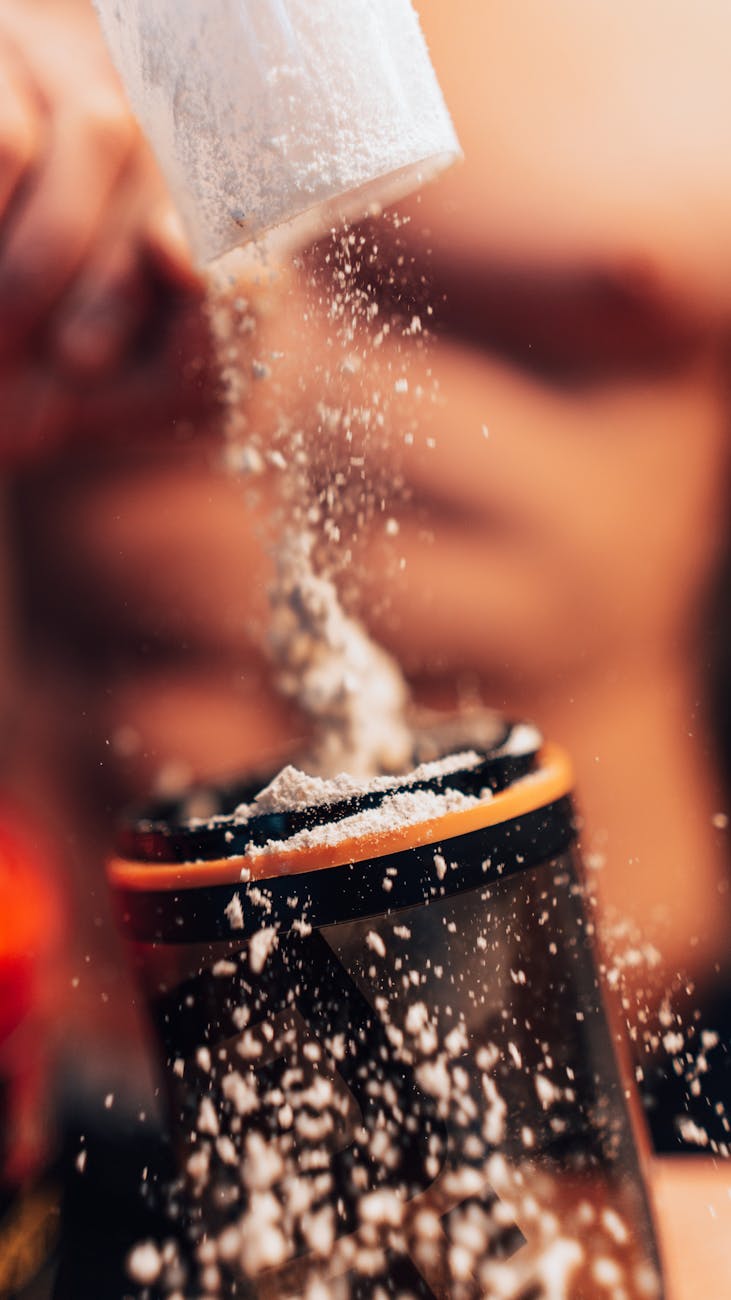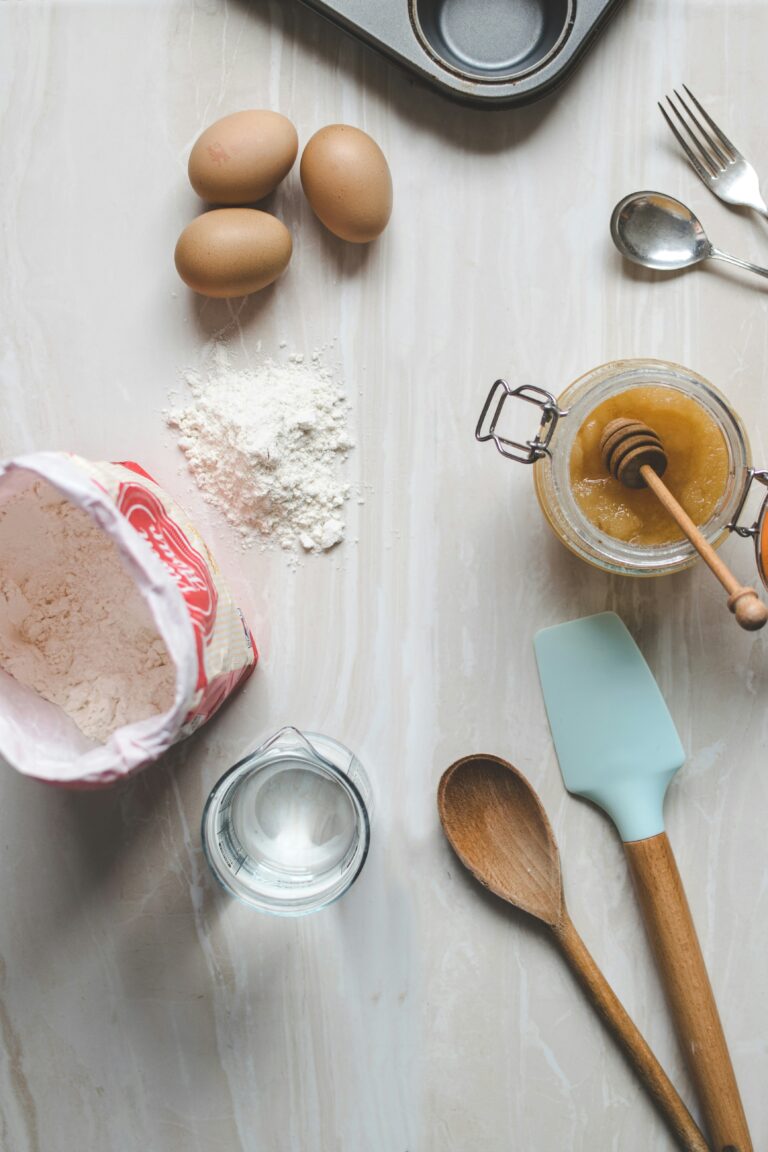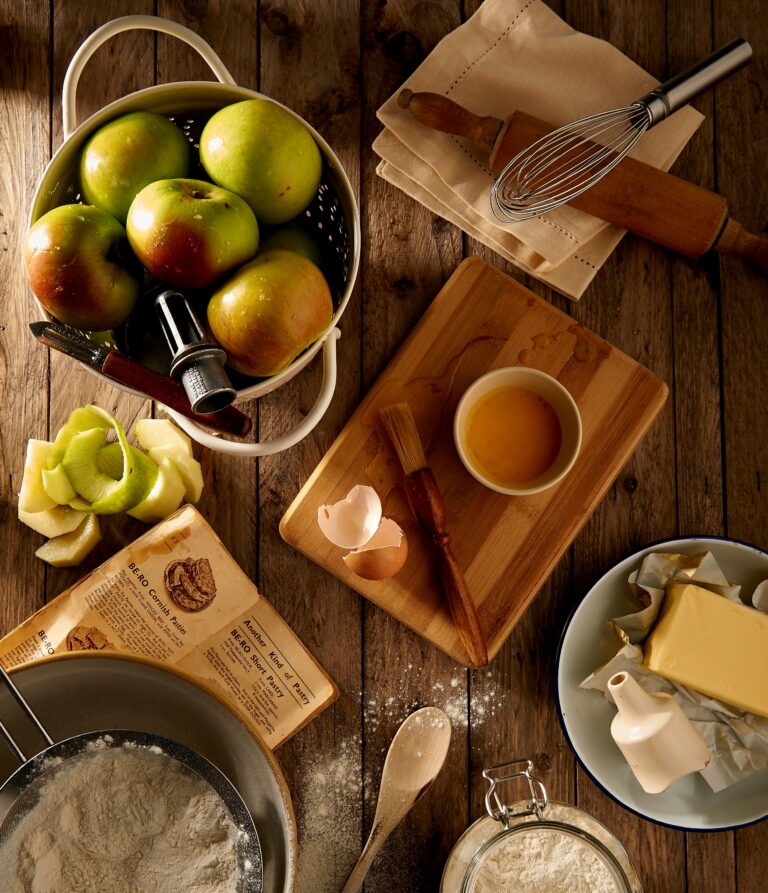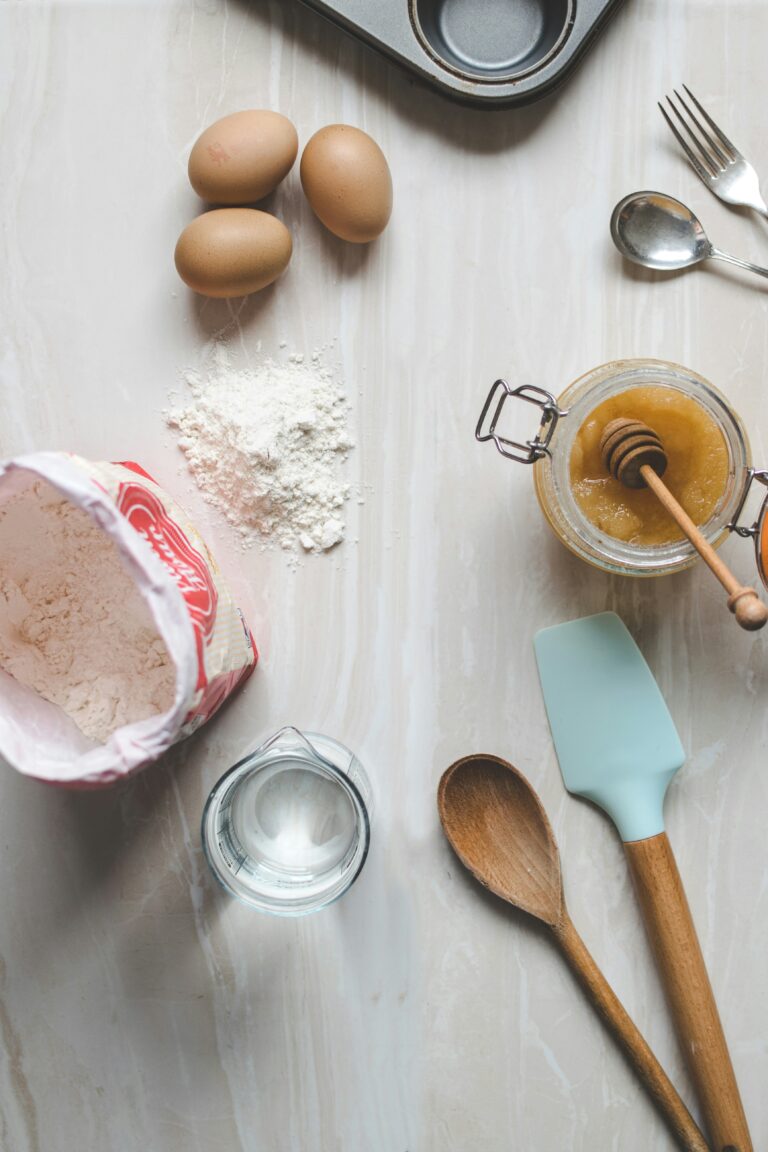Figure Out Cooking Measurements
Cooking measurements are your best buddy in making sure everything turns out just right in the kitchen. Whether you’re sticking to Grandma’s chocolate chip cookie recipe or winging it with a new soup, getting those measurements spot-on is what makes your dish taste amazing.
Why Bother with Accurate Measurements?
Let’s be real, winging it might work sometimes, but for most things in the kitchen, playing it safe with measurements is wise. Think about baking – it’s like a science experiment. Too much sugar and your cake could end up a sticky mess; too little, and you’ve got a crumbly catastrophe. It’s not just sweets, either. When you’re trying to bulk up on muscle, mixing your protein shakes right is essential. For all you protein lovers, converting from cups to grams can go a long way. Check out our article on how many grams of protein in a cup for the down-low.
Common Cooking Measurement Switch-Ups
Alright, let’s talk conversions. Switching between cups, grams, teaspoons? It’s all part of the game. Getting these conversions straight can prevent those “Oops, what did I just make?” moments in the kitchen. Here’s a handy chart for your kitchen adventures:
| Measurement | Equivalent |
|---|---|
| 1 cup | 236.6 grams |
| 1 tablespoon | 14.3 grams |
| 1 teaspoon | 4.7 grams |
| 1 fluid ounce | 29.6 grams |
| 1 pound | 453.6 grams |
By getting comfy with these measurement swaps, you’ll cruise through recipes and cooking instructions like a pro. Knowing your way around these numbers not only boosts your kitchen confidence but makes cooking more fun. So, go on, measure away and enjoy the process. Your taste buds will thank you!
Calculating Protein Powder in a Cup
Measure right, live right—or at least make fewer sorry meals! Especially when playing with protein powder, knowing your measurements can spell the difference between a perfect protein-packed smoothie and a chalky mess. Here, we’ll dig into swapping cups for grams when weighing the white stuff and what to factor in these number games.
Converting Cups to Grams for Protein Powder
Now, crossing from cups to grams in Protein-Land needs a keen eye and steady hand. Because each ingredient acts like its own beast, density changes the conversion game. It’s wisest to slap that protein onto a trusty kitchen scale. But for those who like their rules scribbled down, here’s a cheat sheet to help you:
| Measurement | Grams (approx.) |
|---|---|
| 1 cup | 120 – 130g |
| 1/2 cup | 60 – 65g |
| 1/4 cup | 30 – 32.5g |
| 1 tablespoon | 15 – 16.25g |
These digits aren’t set in stone—brands and powder types throw in their own kinks. A scale’s your secret weapon for nailing those amounts every time.
Factors to Consider in Measurement Conversions
Switching cups for grams with protein powder isn’t as simple as it sounds. Here’s some stuff to chew on:
-
Kind of Powder: Is it as fine as fairy dust or chunky like gravel? Powders vary—heavy ones push the scales more than their fluffy cousins.
-
Scooping Style: What you scoop with and how matters. For the record, a spoon’s your pal here. Scoop, then shave off the tops!
-
Brand Differences: Protein powders are like snowflakes, each unique in packaging and density. Peek at those labels—they might just save your meal.
-
Packed vs. Fluffed Up: Don’t cram the powder into the cup. Fluff it up lightly and smooth it off for an honest-to-goodness measure.
By keeping an eye on these quirks—and arming yourself with the right tools—you’ll shift from sloppy to spot-on in your kitchen escapades with protein powder. Want more tips on measuring up in the cooking world? Swing by our article on importance of correct quantities when cooking.





